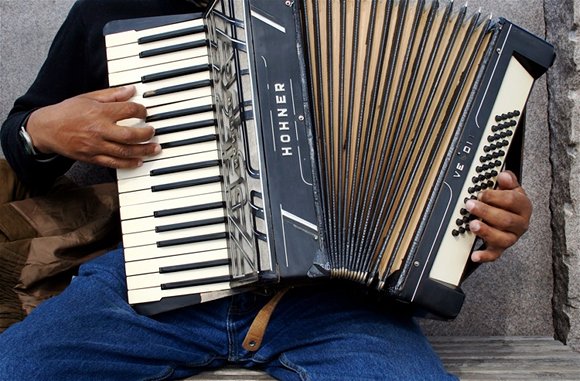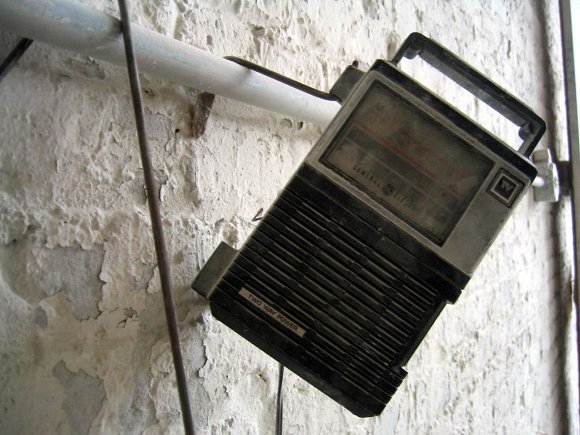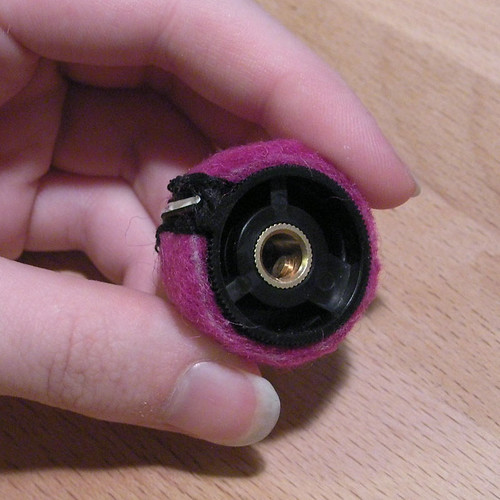Same as it ever was:
With talk of the cloud, streams, special proprietary devices that pipe vendor-specific sounds to particular home stereos, intelligent, always-on access to entire music collections, tablets and set-top boxes and … all of that … it can be tough to look into the future of music and audio. I spent the last weekend at Project Bar-B-Q, a mind-bending retreat of audio tech industry sages and engineers, on a team that looked at the issue. It’s not time yet to share those discussions, but as we face the dizzying array of possibilities ahead, this one quote stands out, pointed to me by someone in my BBQ group.
The article is from June, but as “cloud music” talk heats up, it’s worth pasting to your wall. The ever-insightful Sasha Frere-Jones writes for The New Yorker
…the near future of listening to music looks a lot like 1960. People will listen, for free, to music that comes out of a stationary box that sits indoors. They’ll listen to music that comes from an object that fits in the hand, and they’ll listen to music in the car.
Full story: You, the D.J.: Online music moves to the cloud.
I think a corollary is that, even with the big box playing music for free, people will want to own a collection of music and own things they take around with them, alongside the free things. Exactly where that line falls and in what way remains the sticking point.
But why stop at music listening, or even music creation? The idea above could lend perspective to any conversation about design and technology. The dimensions of the virtual, digital universe and its possibilities are indeterminate and difficult to conceive. But the dimensions of human beings are not.
I look at my Android phone and iPod touch and see something that rests comfortably in the palm of my hand. Keyboards and pianos sit before me at waist height and stretch within reach of my arms. The netbook to which I’ve just taken a strong liking I notice is the near exact size and weight of one of my favorite paper sketchbooks from a few years ago. It folds under my arm. (The dimensions of an airline coach row are applicable here, too, but one could think of those as the economic extensions of how closely you can pack humans and still get them to buy tickets.) The iPad, embraced recently by musicians, is sized to a music stand and could easily replicate manuscript paper, which in turn could be the net of multiplying staves sized to human hands and handwritten dexterity. The ubiquitous knob may be just an endcap on the electrically-convenient potentiometer, but it’s also a physical manifestation of the fact that human beings have opposable thumbs. The grip of your hand is, literally, the reason we talk about “tweaking.”
It’s not just a matter of ergonomics, though if design causes discomfort or you can’t see a user interface, that obviously matters. Human scale is part of what allows us to grow emotionally attached to certain things.
And it should also be apparent that while the tech headlines and reporting focus on platforms or vendors — Apple! iPhone! Cable TV box! BMW car stereo! — humans, quietly, keep using objects that are fundamentally more or less the same. The rest is just a bit of icing. It makes you wonder why we don’t ask the fundamental questions first and worry about the details later, instead of the other way around. That would bring some humanity, sanity, and a longer view to technological discussions. (A shock, I know.)
Think in human terms, and sometimes design answers or the future of music are within arm’s reach. Just ask an accordion.



